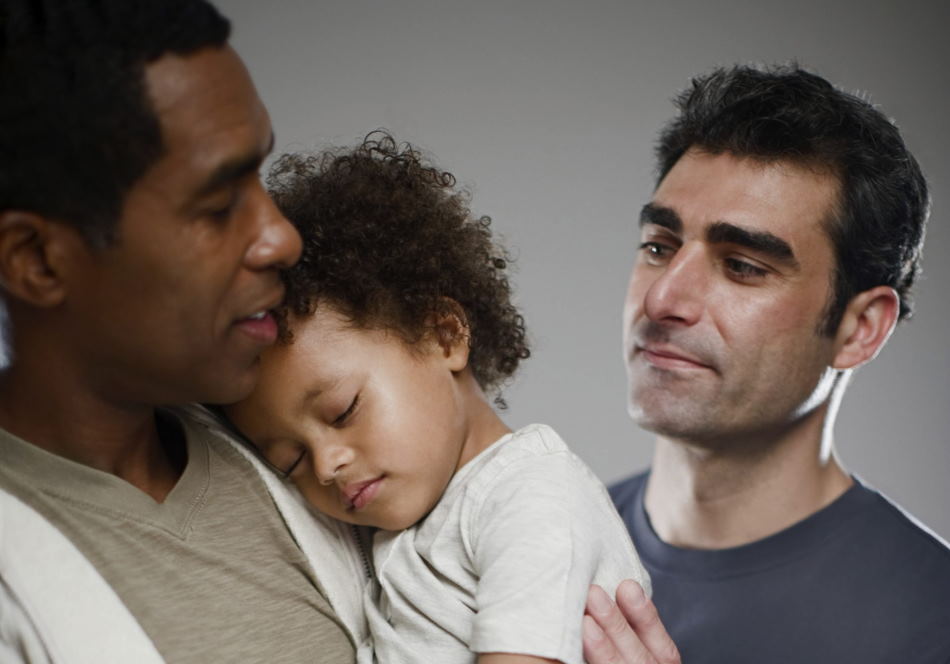Types of Family Structures and What They Mean for Your Family
There are many different types of family structures out there today. And while every family is unique, some commonalities can be found across different families. This blog post will look at some of the most common family structures and what they can mean for your own family. Whether you’re part of a nuclear family, extended family, or single-parent household, understanding the ins and outs of your family dynamic can help make things run a little smoother. So let’s dive in!

The many kinds of family structures in our communities today
There are many types of family structures in our communities today. Some families have one parent, while others have two. There are also blended families, where children from previous relationships live together. And there are grandparents who take on the role of parenting their grandchildren. Each type of family has its own unique challenges and benefits.
One-parent families often face financial difficulties, as they only have one income to support the household. They may also feel isolated, as they do not have another adult to share the parenting responsibilities with. On the other hand, one-parent families can be very close-knit, as everyone is working together to support each other.
Two-parent families usually have more financial stability than one-parent families. They may also have more support, as both parents are available to help with childcare and other household tasks. However, two-parent families can also be very busy, as both parents often have full-time jobs. This can make it difficult to find time for quality family time.

Blended families can be a great mix of different personalities and backgrounds. Children in blended families often learn to appreciate diversity and to tolerant others who are different from them. However, blended families can also be a challenge, as there may be conflict between the children from the different families.
Grandparents who take on the role of parenting their grandchildren often do so because their own children are unable to do so. This can be due to drug addiction, mental illness, or other problems. Grandparents may feel overwhelmed by the responsibility, but they often find it very rewarding.
Each type of family has its own strengths and weaknesses. The important thing is that families can be loving and supportive, no matter what their structure is.
The importance of family structure in a child’s development
It is has been widely studied, and the findings suggest that children from homes with two married parents fare better than those from single-parent or step-parent households in terms of both academic achievement and social and emotional development.

However, it is important to note that family structure is just one factor among many that can influence a child’s well-being. Other important factors include income, parenting style, and the parent-child relationship quality. Therefore, it is important not to over-simplify the effects of family structure on child development.
Still, the research findings on this topic are clear: children in single-parent or step-parent households are more likely to experience difficulties in school and in their social and emotional development than those in homes with two married parents. This is likely due to the fact that children in single-parent or step-parent households often have less stability and fewer resources, both financial and emotional, than their counterparts in two-parent households.
There are a number of ways to support children from single-parent or step-parent families, such as providing financial assistance, offering counseling or mentoring services, and increasing access to quality child care. By understanding the challenges these children face, we can work to ensure that all children have the opportunity to reach their full potential.

 We are dedicated to helping parants. We care about the health, safety, and happiness of our children. We are supportive and positive. We believe in leveraging technology to save time and money. We share. We give back. We value our family, friends, and our team at My Sandy Hook Family Fund.
We are dedicated to helping parants. We care about the health, safety, and happiness of our children. We are supportive and positive. We believe in leveraging technology to save time and money. We share. We give back. We value our family, friends, and our team at My Sandy Hook Family Fund. 